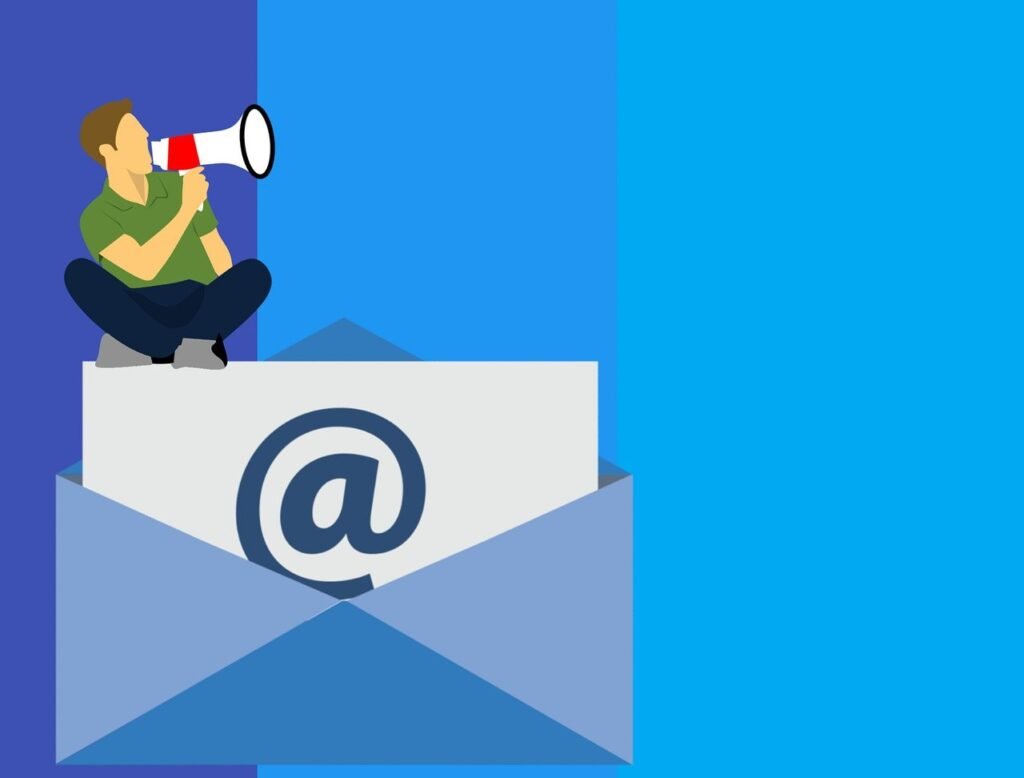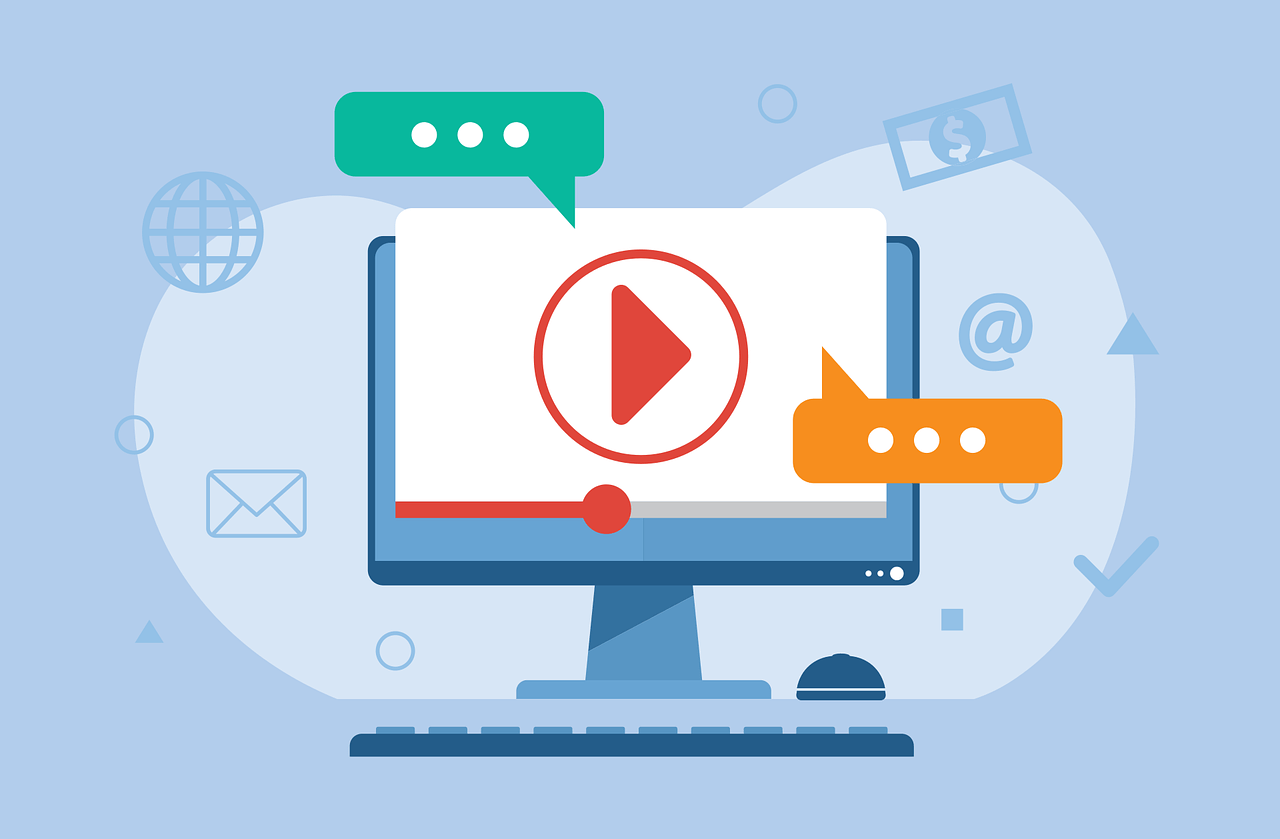Understanding the Intricacies of Email Marketing: From Automation, AI Impact, to Best Practices and Beyond
Have you thought about how email marketing can transform the way you connect with your customers and audience? Maybe you’re intrigued by the sound of automation, AI, and the prospect of reaching your audience in a way that’s not only efficient but also personal and engaging. In this comprehensive guide, we’ll delve into the intricacies of email marketing, including what it is, how it is impacted by automation and AI, the best practices to follow, and so much more. Let’s get started!
What is Email Marketing?
Simply put, email marketing is an extremely effective form of direct marketing that leverages emails as a tool of communication with your customers. The goal? To promote your products or services, share valuable content, build deeper relationships, raise brand awareness, generate and nurture leads, and ultimately, to help your customers make smarter purchasing decisions. The beauty of email marketing lies in its simplicity and direct approach, planting your message right in your customers’ inbox, where chances of visibility and engagement are at their highest.
The Impact of Marketing Automation and AI in Email Marketing
With the advent of AI and automated systems, email marketing has evolved exponentially. Thanks to these technological advancements, we now have better email targeting possibilities, more personalised content, optimal email send-out times, and dynamic content that’s directly guided by data-driven decisions and predictive analytics. Think of it as giving your email marketing strategy a high functioning brain that’s constantly learning and adapting to achieve the best possible results.
The Benefits of Automation in Email Marketing
Email marketing automation isn’t just about sending out emails in bulk at scheduled times. It comes packed with numerous benefits that can give your marketing efforts a significant boost. These include higher engagement rates, better conversions, improved efficiency in process, and enhanced open and click-through rates. Not to mention the obvious enhancement in user satisfaction and overall brand interaction, automation allows for a level of precision that’s not attainable manually.

This image is property of pixabay.com.
Email Marketing Best Practices
Like every marketing channel, email marketing has certain best practices to be followed for optimal results. From crafting engaging content that resonates with your target audience, to ensuring legal compliance in the form of express permission and clear unsubscribe options, there’s an art to doing email marketing right.
Let’s not forget the other key area of focus – email deliverability. Deliverability is all about ensuring that your email makes it to the recipient’s inbox, and not the spam folder. This is where good list hygiene, understanding your audience’s preferences, and maintaining a healthy engagement rate all play crucial roles.
Additionally, acquiring new subscribers and keeping them continuously engaged is integral for the success of any email marketing strategy. This can be achieved through a variety of means, such as captivating subject lines, personalised content, unique email design, and consistent yet not overwhelming email frequency.
Cost and Return on Investment in Email Marketing
Now, you might be wondering, “What’s the cost of all this?”. The cost factor of email marketing can depend on varying elements like the size of the business or the audience, and the number of emails sent out regularly. However, rest assured, it is well worth the expenditure. On average, the return on investment (ROI) for email marketing stands at a whopping $36 for every dollar spent! An impressive figure that further emphasises the importance and efficiency of email marketing in today’s digitally driven world.

This image is property of pixabay.com.
Types of Email Marketing
Several types of emails fall under the umbrella of email marketing. These include newsletters, promotional emails, relational emails, and transactional emails. Let’s briefly understand what each of these involve:
- Newsletters: Regular updates, often revolving around one main topic of interest, catering to subscribers who have shown an interest in the brand or have signed up for receiving these updates.
- Promotional Emails: Emails that aim to drive sales or conversions, typically through limited time offers, discounts or exclusive deals.
- Relational Emails: Emails that aim to build or maintain a relationship, often including useful information or personalized offers based on the user’s previous interactions with the brand.
- Transactional Emails: Trigger-based emails, sent out following a specific action taken by the user, such as purchase confirmations, shipping updates, or password change notices.

This image is property of pixabay.com.
Continuous Tracking and Improvement: The Key to Successful Email Marketing
The beauty of email marketing is that it always leaves room for improvement. You can always track your performance, learn from the metrics, and make data-driven adjustments for future campaigns. Successful email marketing often involves relentless tracking, learning from the results, testing new strategies, and thereby, continuous improvement. While doing this, it’s crucial to maintain a balance between your marketing goals, the interests of your readers, and the deliverability regulations of various email service providers.
In conclusion, email marketing, with its unique blend of technology, creativity, strategic planning, and continuous growth, is an invaluable tool in today’s digital marketing repertoire. Getting to grips with the intricacies of email marketing, understanding how to use automation and AI to your advantage and following the best practices can open up a whole new world of marketing possibilities and propel your business towards uncharted heights of success.


